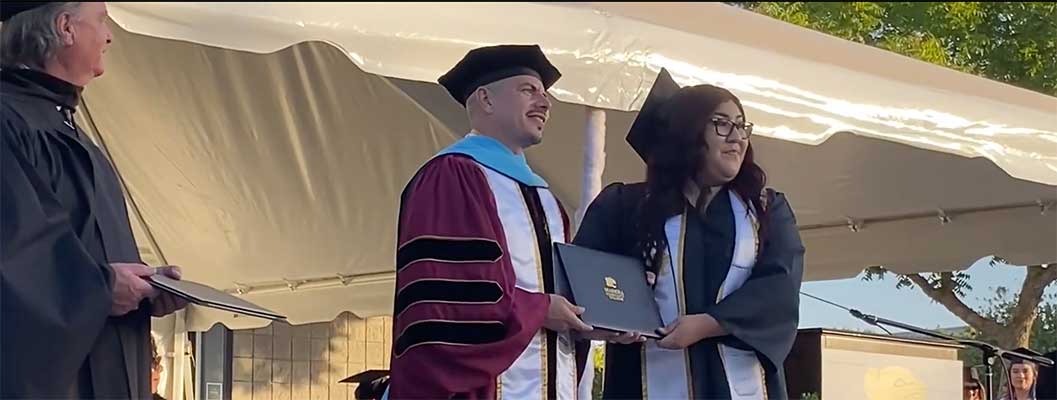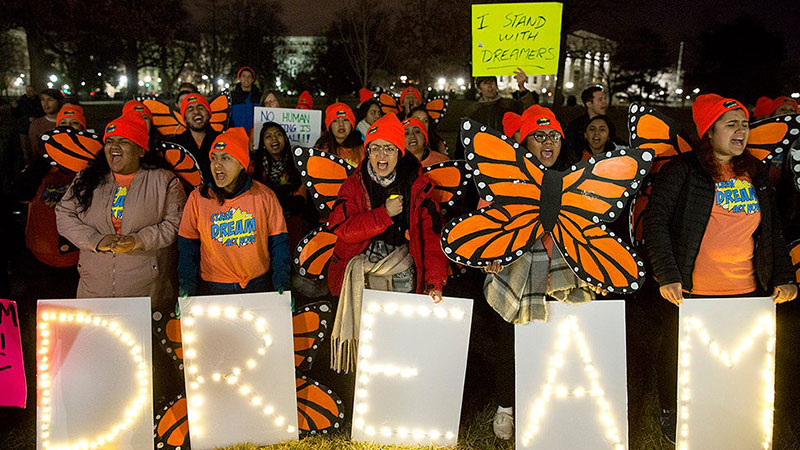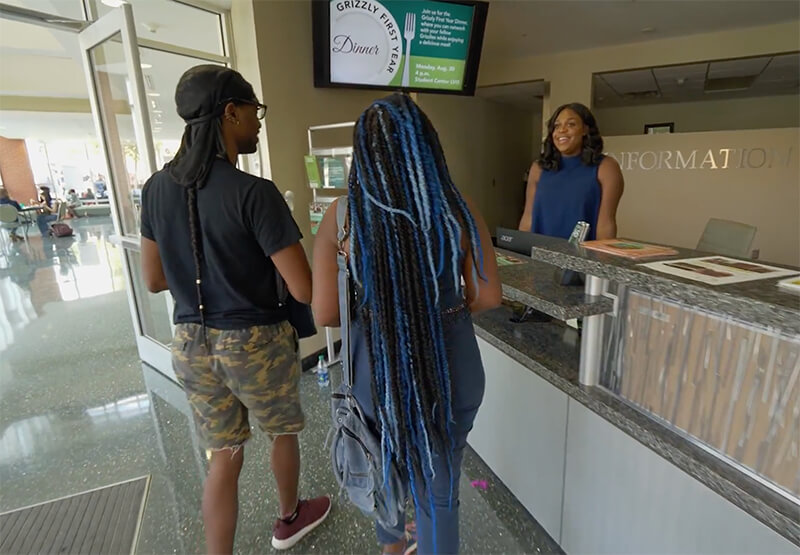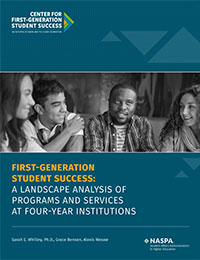First-Generation Students
Who are they?
First-generation college students come from diverse racial and ethnic backgrounds: More than a third of college students are first-generation. In 2016, 26 percent were Hispanic or Latino, 44 percent were white, 18 percent were Black, 7 percent were Asian, and 2 percent were Native American or Alaska Native. They come from urban, rural, and suburban communities, and their parents or guardians did not earn a bachelor’s or associate degree. 1
First-generation students often come from families with limited financial resources and may have to work more to support themselves, which can interfere with their studies. Without the experience of family members who’ve been to college, first-generation students often have less guidance and support when figuring out the application process, picking majors and courses, and navigating academic and social expectations. They also may have attended poorly resourced schools, making them less academically prepared. Sometimes, they and their parents are immigrants who do not speak English as their first language. Students who are Black, Hispanic, Latino, or Native American also can have difficulty adjusting to unfamiliar social and cultural norms. Nonetheless, students who are the first in their families to go to college show up committed to success and overcoming obstacles to completing their educations. Earning that bachelor’s degree, for example, means first-generation graduates are likely to earn paychecks equivalent to peers with better-educated parents.
Higher ed’s response to first-gen students
First-generation students are likelier to attend community colleges and less-selective four-year colleges and universities. Public colleges and universities are often more affordable than private colleges, making them popular options for first-gen students. In 2016, 46% of first-gen students enrolled in taxpayer-supported institutions, with nearly half going to community colleges and half going to public flagship or regional public universities. The remaining first-gen students went to minority-serving institutions such as Historically Black Colleges and Universities (HBCUs), Hispanic-Serving Institutions (HSIs), and Tribal Colleges and Universities (TCUs).
To ensure students can pay tuition, buy books, and cover living expenses, colleges and universities should increase financial support, such as emergency funds, work-study programs, and scholarships and grants. Colleges also should offer first-generation students also offer academic support services such as tutoring, mentoring, and academic coaching to help first-generation students develop the skills they will need to succeed.
Model institutions create a sense of belonging by fostering welcoming environments, training faculty and staff members to understand first-generation students’ unique needs, and connecting them with others like them through campus organizations, social outings, and one-to-one faculty relationships. Finally, higher education institutions should closely track the progress of first-generation students, using data to identify areas of improvement, ensuring these students have every opportunity to earn degrees. And they should close out the seamless experience with career services that build professional networks and create real opportunities for success in work and life.
Disparities continue to exist
Many public institutions that first-generation students attend have inadequate taxpayer support, which causes disparities that society should address. Once enrolled, students whose parents have not attended college are less likely to finish academic degree programs. Higher education shouldn’t just serve families with wealth and connections, stifling the individual economic opportunity and social mobility that carry benefits for every American. The hardest thing about going to college should be the learning. This is why Lumina works with academic, business, community, and political leaders to create a learning system that better serves today’s college students.
1 National Postsecondary Student Aid Study: 2016 Undergraduates (NPSAS:UG)







